SEO for Chiropractors
Learn how to rank higher on Google and attract new chiropractic patients.
The Pew Internet and American Life Project reports that about 80% of Internet users look for medical or health-related information online. So, it’s likely that if someone is searching for a chiropractor, they’re doing it via Google.
That means that if you want more people walking into your chiropractic clinic, the first page of Google is where you need to be.
Learn the basics of how to get there below.
Local SEO
People who search for local businesses like chiropractors will usually see two types of search results: regular and "map pack."
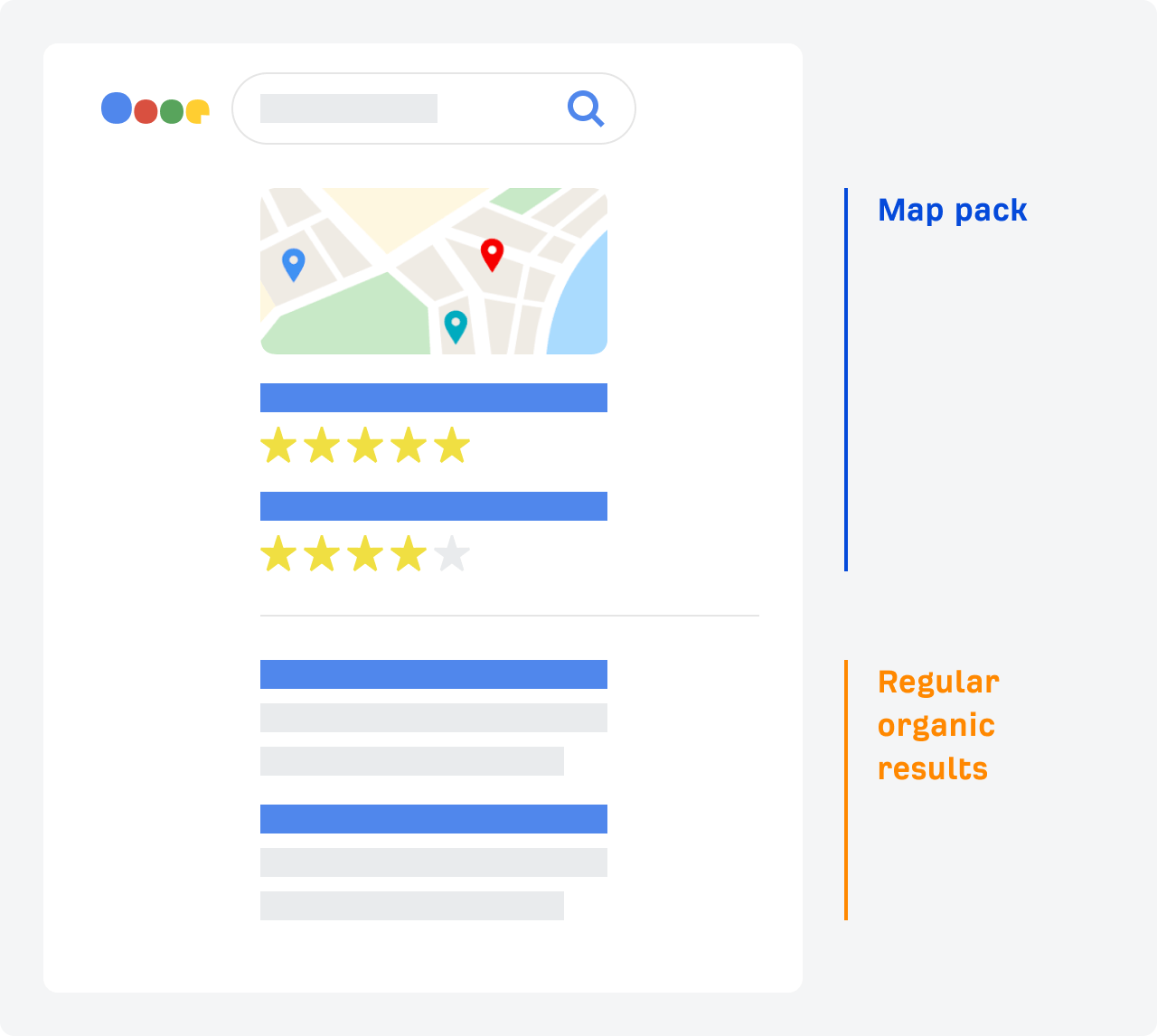
You can rank in both of these types of results, making it possible to show up twice on the first page of Google.
To rank in the regular organic results, you'll need to optimize your website. That's what the rest of this guide focuses on.
To rank in the "map pack," you'll need an optimized Google Business Profile.
Get a free Google Business Profile
Head over to google.com/business to set one up.Optimize your profile
Fill in as much as you can, including the types of chiropractic services you offer.Get reviews
Reviews help you rank higher, so ask customers to review your clinic.
Learn more: Local SEO: The Complete Guide
Keyword research
People won’t always type “chiropractor” into Google when they need one. Some will search for more specific services like spinal adjustment and functional therapy, and others will search for solutions to problems like how to fix back pain.
Unless you rank for these keywords, you’re missing out on potential patients.
To find chiropractic-related services and topics people are searching for, you’ll need a keyword research tool like Ahrefs' Keywords Explorer. These tools pull keyword ideas, estimated monthly search volumes and other SEO metrics from a database of billions of keywords.
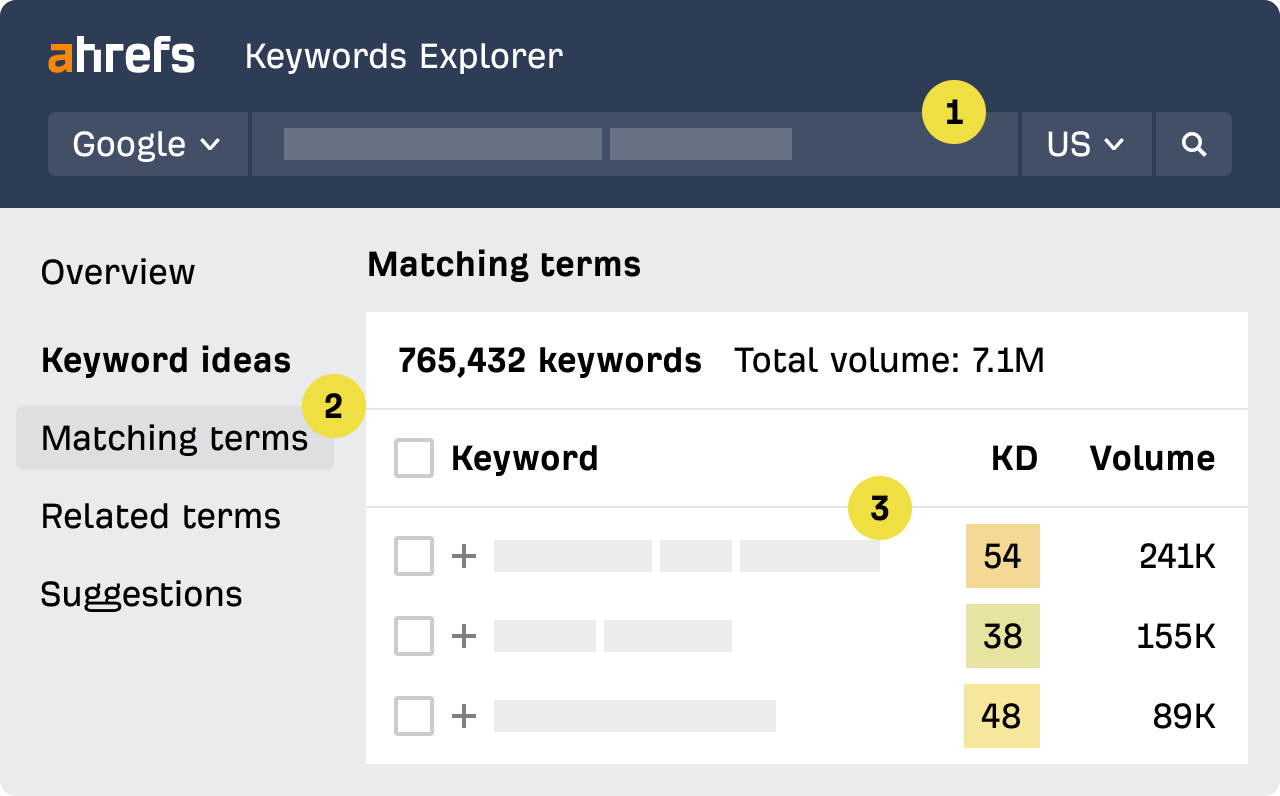
Enter a few industry-related "seed" phrases
Example: chiropractor, chiropractic, back pain, scoliosis, sciatica, herniated diskChoose a keyword ideas report
Example: "Matching terms" shows all ideas containing your seed keywords.See keyword ideas
Example: "lower back pain relief" gets an estimated 28k monthly searches in the U.S.
Learn more: How to Do Keyword Research for SEO
Content creation
Knowing what people are searching for is useful. But unless you create pages to target those terms, there’s little point in doing keyword research.
For example, there are an estimated 28K monthly searches in the U.S. for “lower back pain relief.”
Given that your homepage will be more of an overview of what you do, it's unlikely to rank for this term. It's more likely to rank for broader, more popular terms like "chiropractor” or "chiropractic clinic."
The same goes for questions like “what doctor to see for back pain.” If you want to rank for such terms, you need to create content to target them.
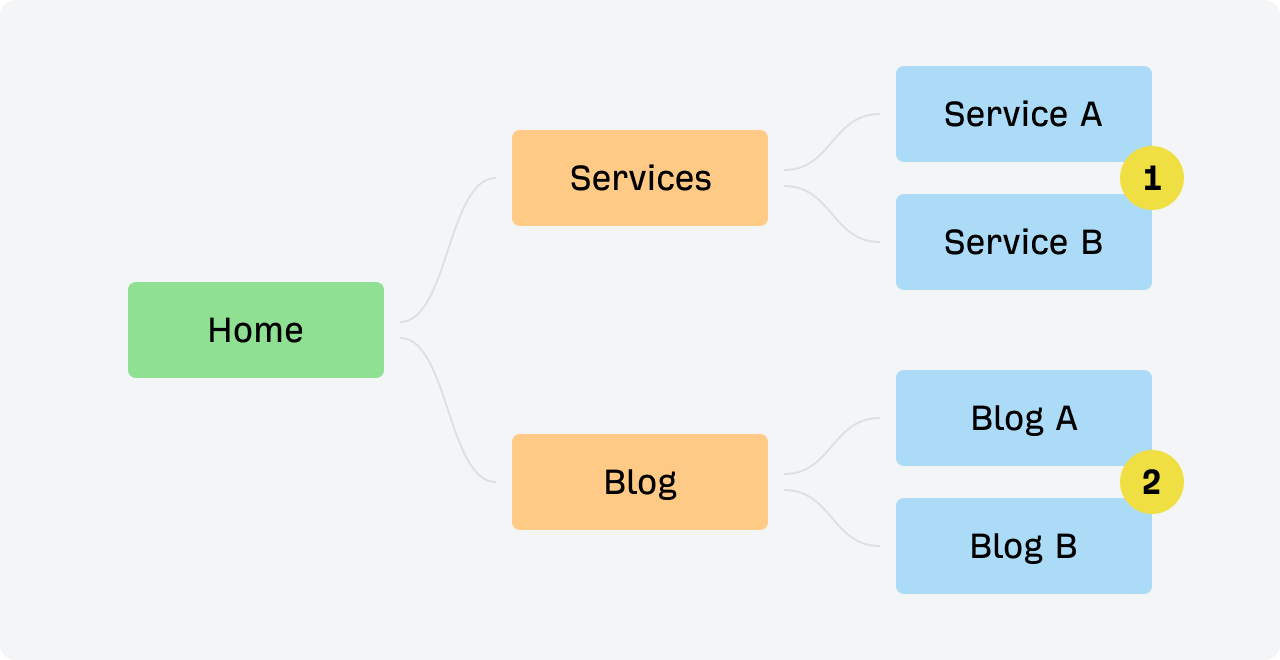
Create landing pages for services
Examples: chiropractic adjustment, chiropractic therapy, spinal decompressionAnswer questions with blog posts
Examples: how to get rid of lower back pain, how to sleep with back pain
Learn more: SEO Content: The Beginner’s Guide
Link building
Backlinks are clickable links from one website to another. As they're one of Google's strongest ranking factors, getting more high-quality backlinks typically leads to higher rankings and more organic traffic.
In fact, you'll almost always need backlinks to rank for competitive keywords.
For example, the query "how to fix lower back pain" has a Keyword Difficulty (KD) score of 75 out of 100. As this is quite high, you'll almost certainly need backlinks to rank on the first page for this term.
Unfortunately, link building is one of the most challenging aspects of SEO. But there are tried and tested tactics you can use to get them.
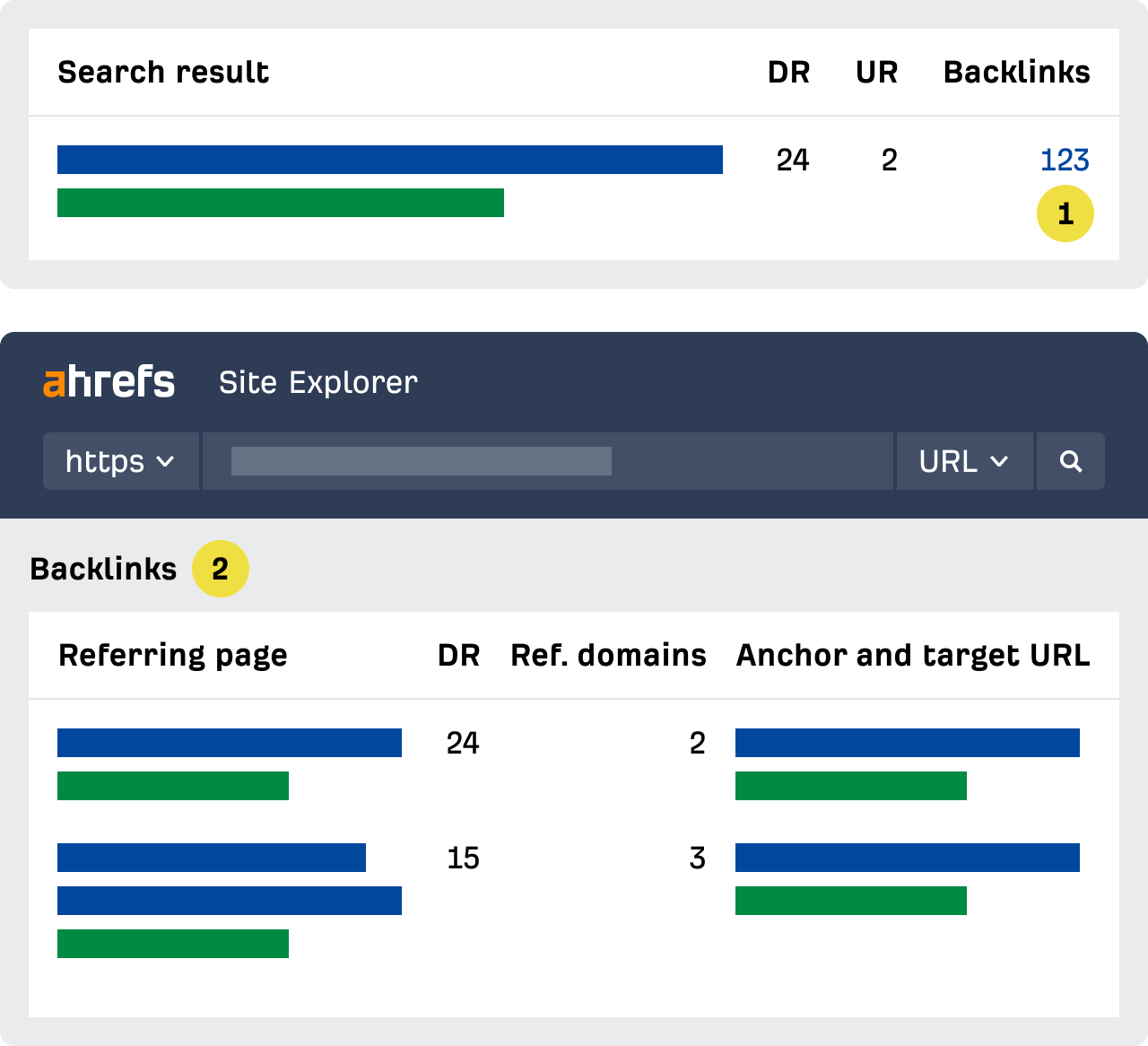
Look at the top 10 ranking pages for your target keyword
Search for your keyword in Google, or check the SERP overview in Keywords Explorer.Find their backlinks
Enter their URLs into Site Explorer and check the Backlinks report.Find replicable backlinks
Look for links you can easily replicate for your website, and think about how you could get more links like them.
Learn more: The Beginner’s Guide to Link Building
Technical SEO
Everything above is a waste of time unless Google can find, crawl and index your pages. That's because it's impossible for them to show up in search unless they're in the index.
For example, say you wrote a post about fixing lower back pain to target the keyword "how to fix lower back pain." Even if it's the most useful guide to the topic on the web, Google won't index the page if it contains this code: <meta name="robots" content="noindex" />
Luckily, it's quite unlikely that the pages you create for search will contain that code. But there are plenty of other common technical issues that can hinder the performance of your pages in search.
You can find these issues by regularly auditing your site.
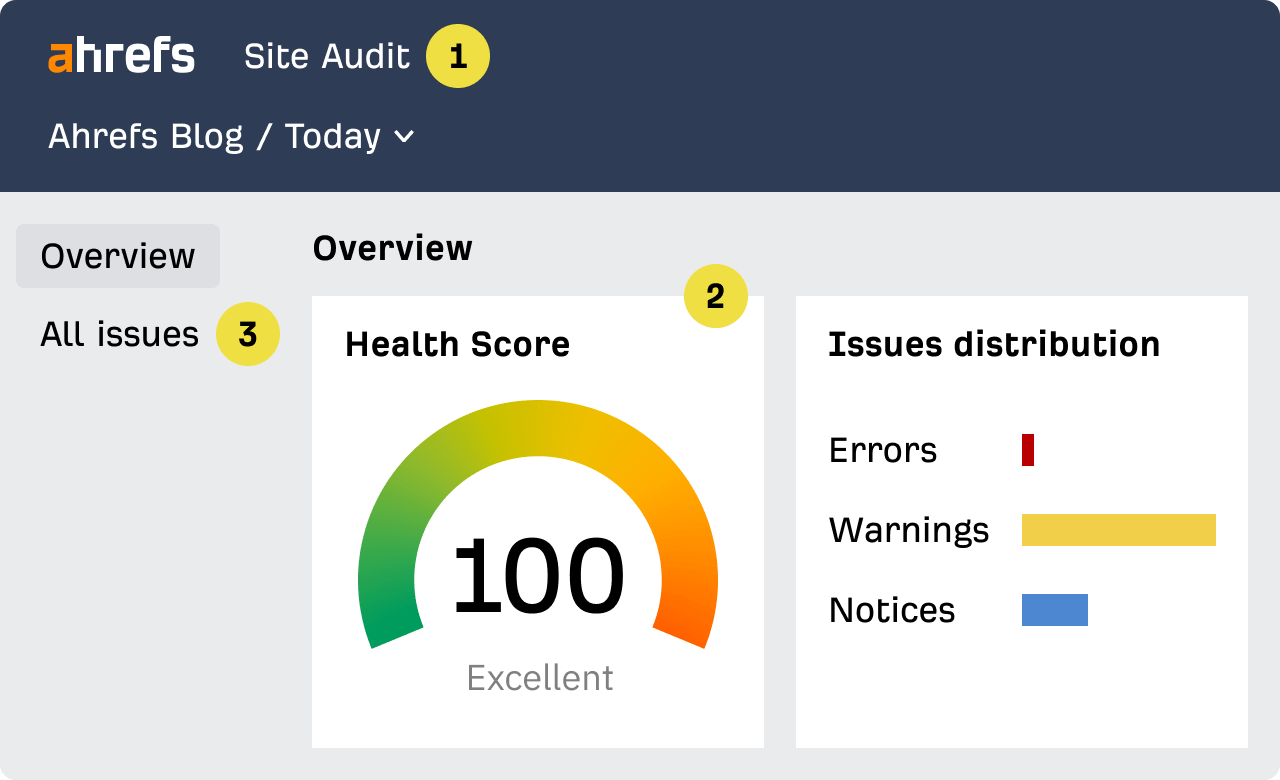
Audit your website.
Get a free Ahrefs Webmaster Tools account and crawl your site with Site Audit.Check your Health Score.
Get a sense of your site's overall SEO health.Investigate and fix technical issues.
Delve into individual issues and fix them.
Learn more: The Beginner’s Guide to Technical SEO